Food portion control - what does a proper food portion look like?
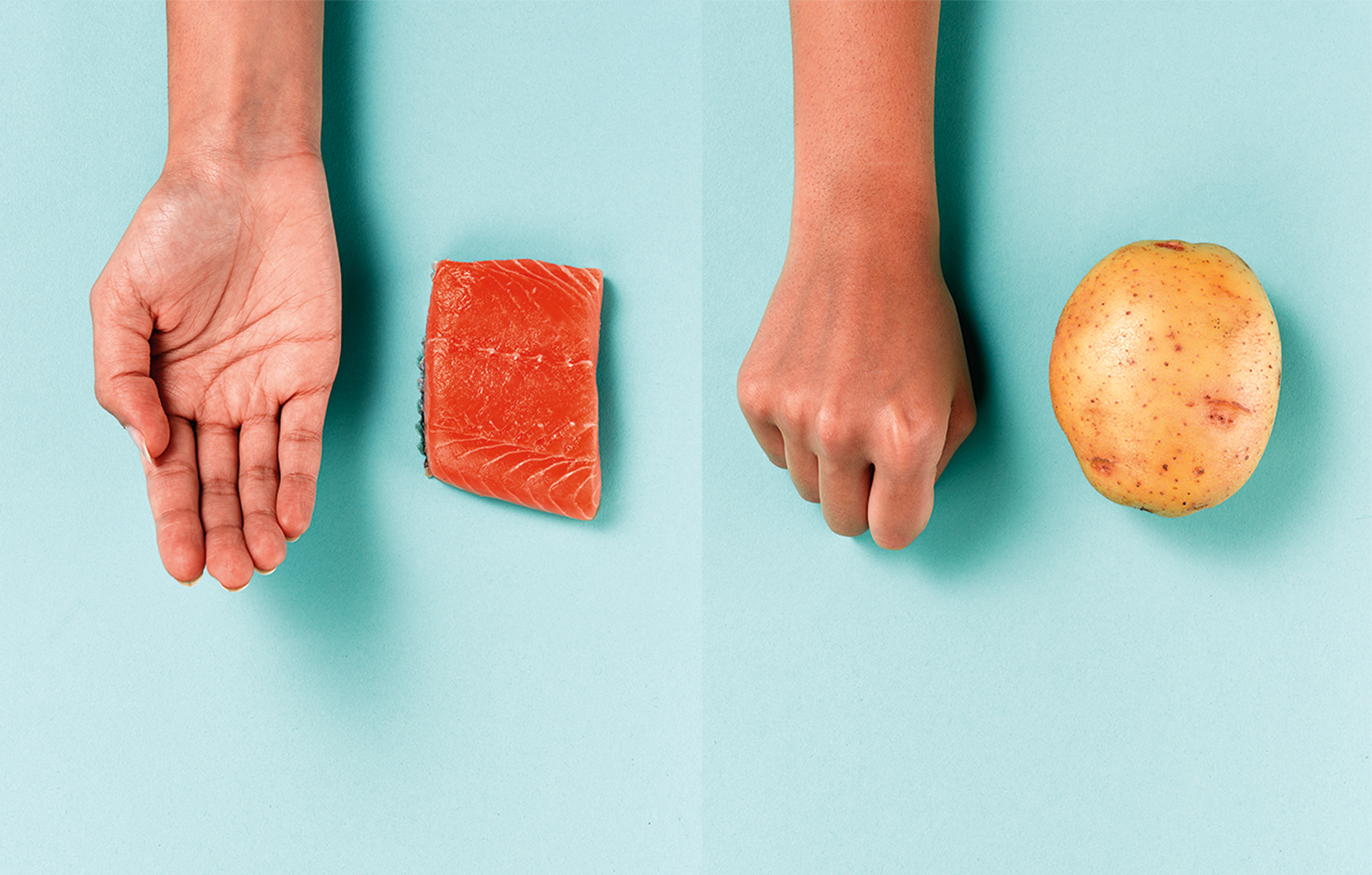

As a nation of overeaters, every day we devour an average of 200 to 300 calories more than our bodies need – partly dueto our food portions getting bigger.
Combine super-sized meals and drinks with low activity levels and the result is 61% of UK women being overweight or obese.
‘Having big portions obviously means we eat more, and it’s really easy to cook and serve out more than you need,’ says Helena Gibson-Moore, a nutrition scientist at the British Nutrition Foundation.
‘A quick check of your food portions when cooking and serving may help to save on calories – it’s all about getting the portion size right for you.’
Expert advice for reducing your food portion size
Pick up a smaller plate
If you use a huge plate or bowl, you can fill it and not realise you’re overeating. ‘Using smaller plates will help you to serve more realistic portion sizes,’ suggests Helena. ‘If you’re still hungry you can then have second helpings of the vegetables or salad, or have fruit for afters.’ You could also buy a food portion control plate to make life even easier. The one pictured below, is available on Amazon.
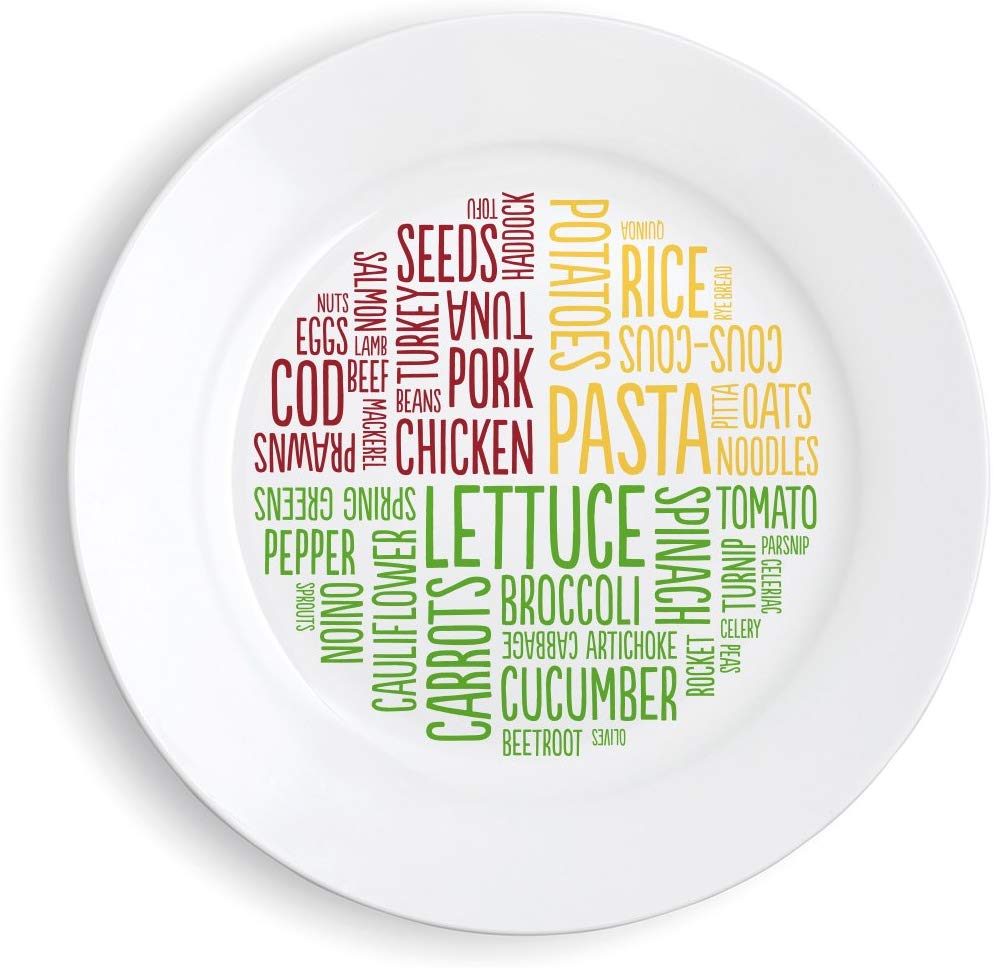
Snack attack
When munching away on fatty or sugary snacks, such as chocolate or crisps, make sure that you check your portion size as it’s easy to keep nibbling and nibbling on the naughty stuff . ‘It’s best to keep treats small and not have them too often. When eating a small bag of crisps or a small chocolate biscuit bar, aim to keep your intake within 100 to 150 calories,’ advises Helena.
Leave the leftovers
Resist going back for extra when you’ve finished your meal. ‘If you’ve got enough for another portion, then have it for lunch the next day or pop it in the freezer for a meal when you’re pushed for time,’ says Helen. Always making more? Try to adjust how much you cook for future meals.
Parenting advice, hot topics, best buys and family finance tips delivered straight to your inbox.
Fill up on fruit and veg
‘The good news is that, provided you don’t add fat and sugars, you can have servings of most fruit and vegetables for relatively few calories,’ says Helena. Size-up on these – rather than carbs when you’re feeling extra hungry.
Perfect prep
Cooking more than you need encourages you to serve bigger portions. ‘Food such as pasta or rice expands, so can be tricky to judge,’ says Helena. ‘Weighing foods is the most accurate way to check how much to cook, but you can also use your hands or other measures.’
Mindful eating
Eating slower will help you adjust to smaller portion sizes. It takes 20 minutes for your brain to register that your stomach is full, so wait this long after you’ve finished eating before having seconds.
Cupped Palms
Small fruit, such as berries and grapes, can be piled into cupped palms. Low in calories, virtually fat-free and rich in antioxidants, blueberries and raspberries can be added to porridge or scattered over yoghurt.
How big should food portions be? A visual guide
Vegetables
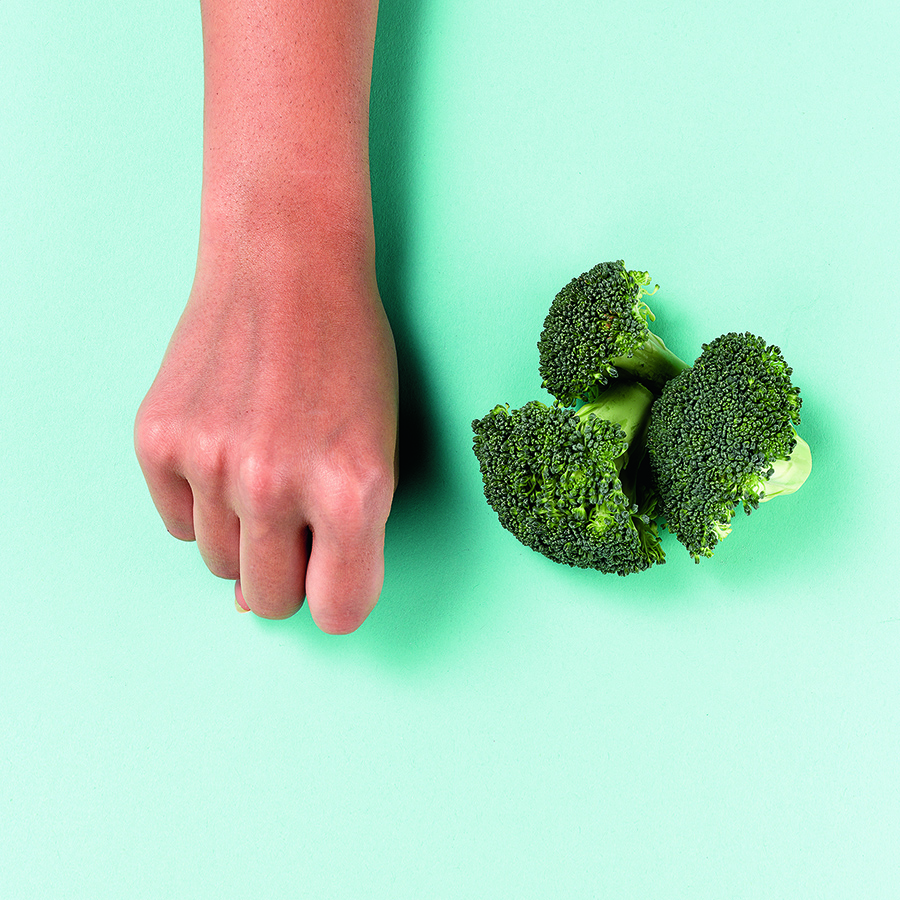
A clenched fist works out as the 30g you need to eat for one serving of fresh vegetables. Mix up vegetables like broccoli, carrots and sweetcorn,to get a good variety.
Potato
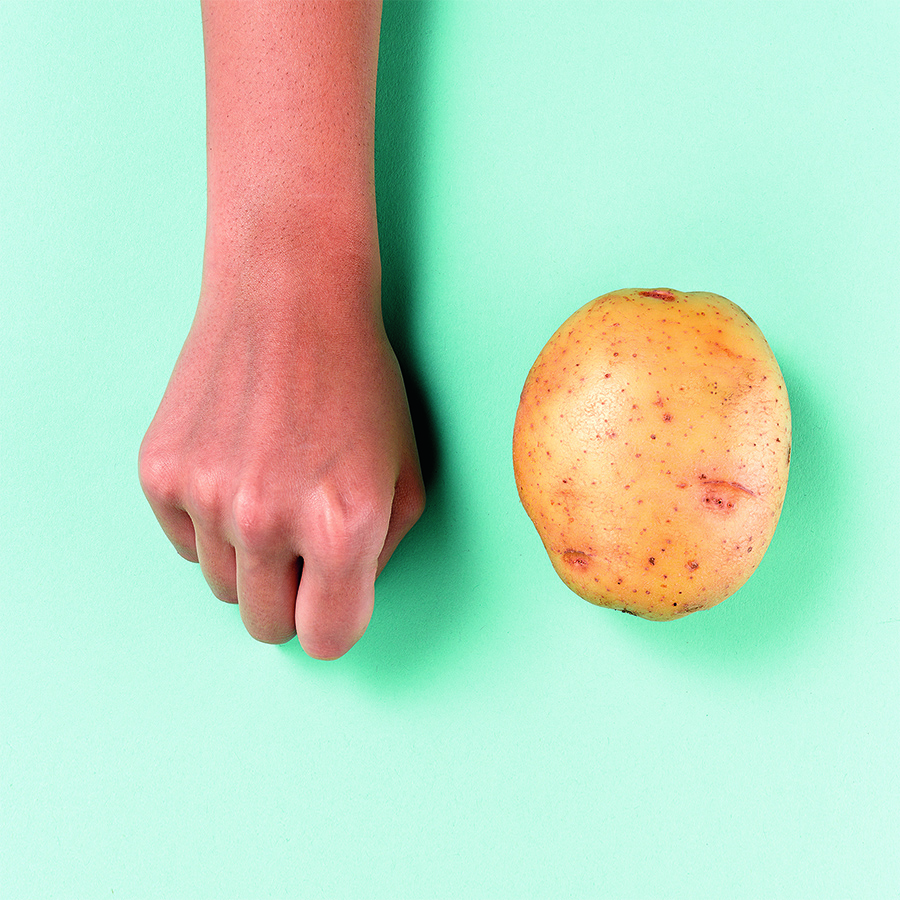
Clenched fist: A baked potato has around 200 calories of the carbs needed for energy. Try a sweet potato for a healthier option that’s also high in vitamin A.
Uncooked pasta and rice
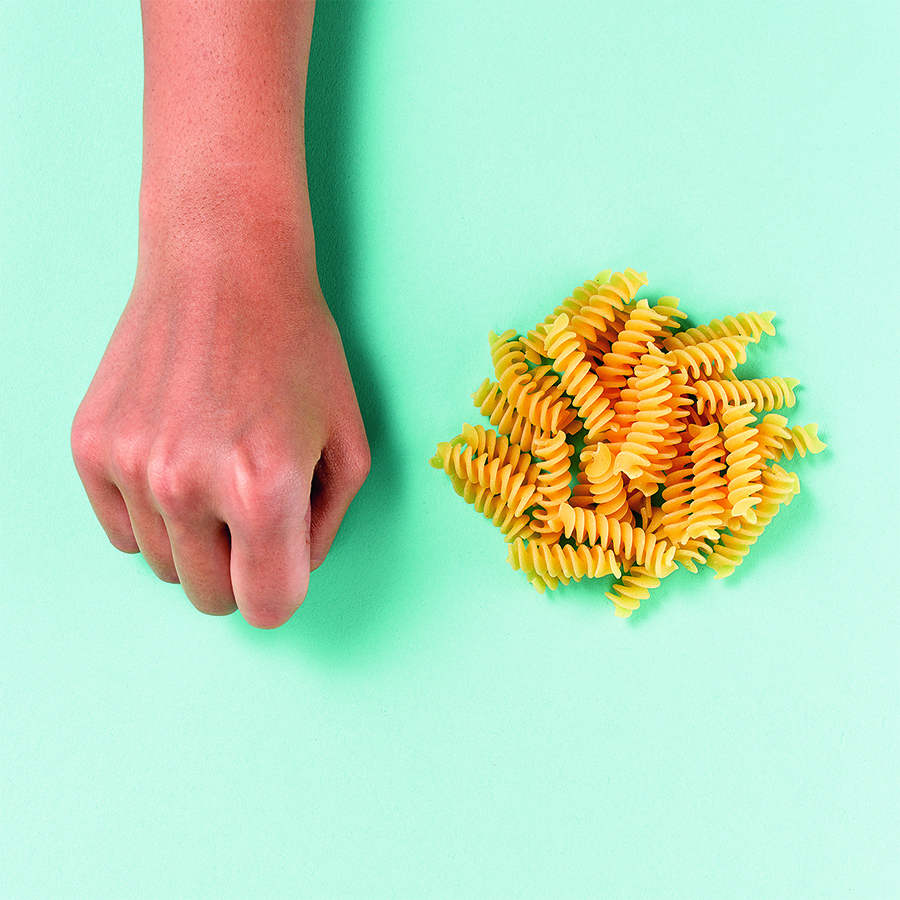
Clenched fist: A 75g portion of uncooked pasta provides around 200 calories and essential carbs for energy. Choose wholemeal or brown over white varieties.
White fish

Whole hand: White fish, such as haddock and cod, is low-fat and lower in calories than meat or oily fish. It also helps to boost your immune system.
Oily fish
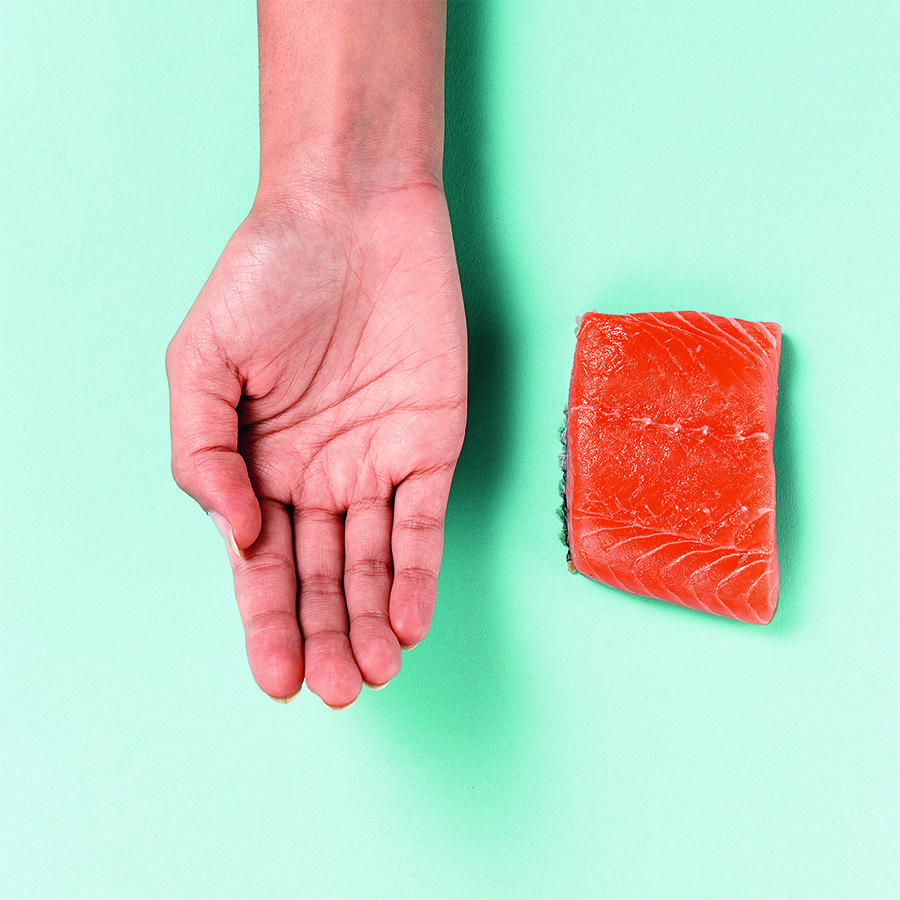
Palm: Eat around 200g of oily fish, such as mackerel, kippers, salmon and tuna, twice a week. They’re rich in omega oils – essential for heart function.
Meat

Palm:A portion of meat should be the size of your palm, not including fingers. Opt for lean options, such as steak or low-fat beef mince. But don’t eat more than 500g in a week.
Chocolate
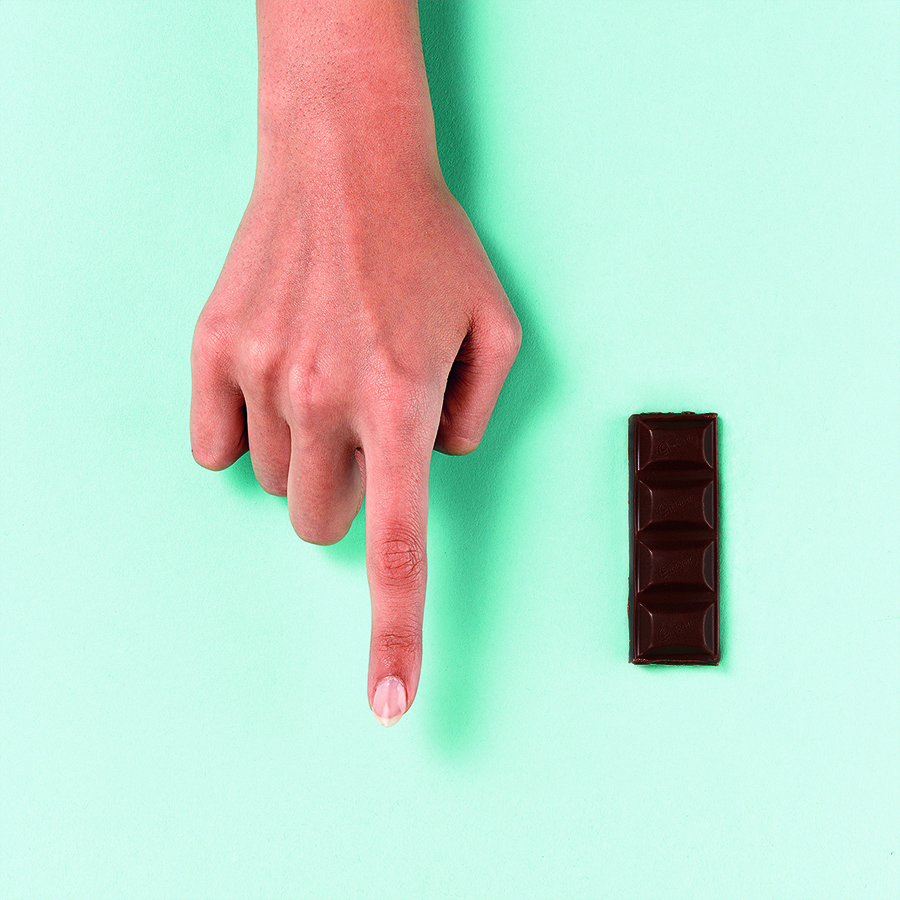
Index finger: A few squares of chocolate, around 20g, adds up to 100 calories. Go for darker, high-cocoa content varieties, which contain antioxidants. Enjoy as an occasional treat.
Cheese
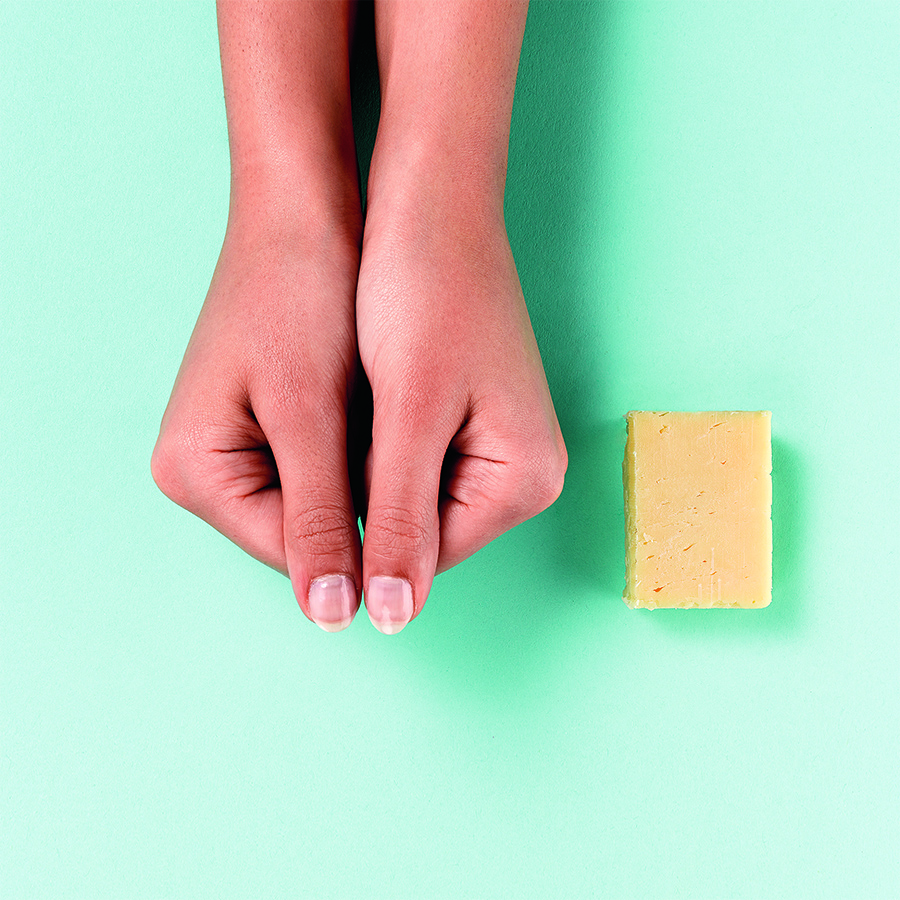
Both thumbs: Protein-rich, but still fairly high in fat, you should only have around 30g of cheese at each serving – around 125 calories.
Butter
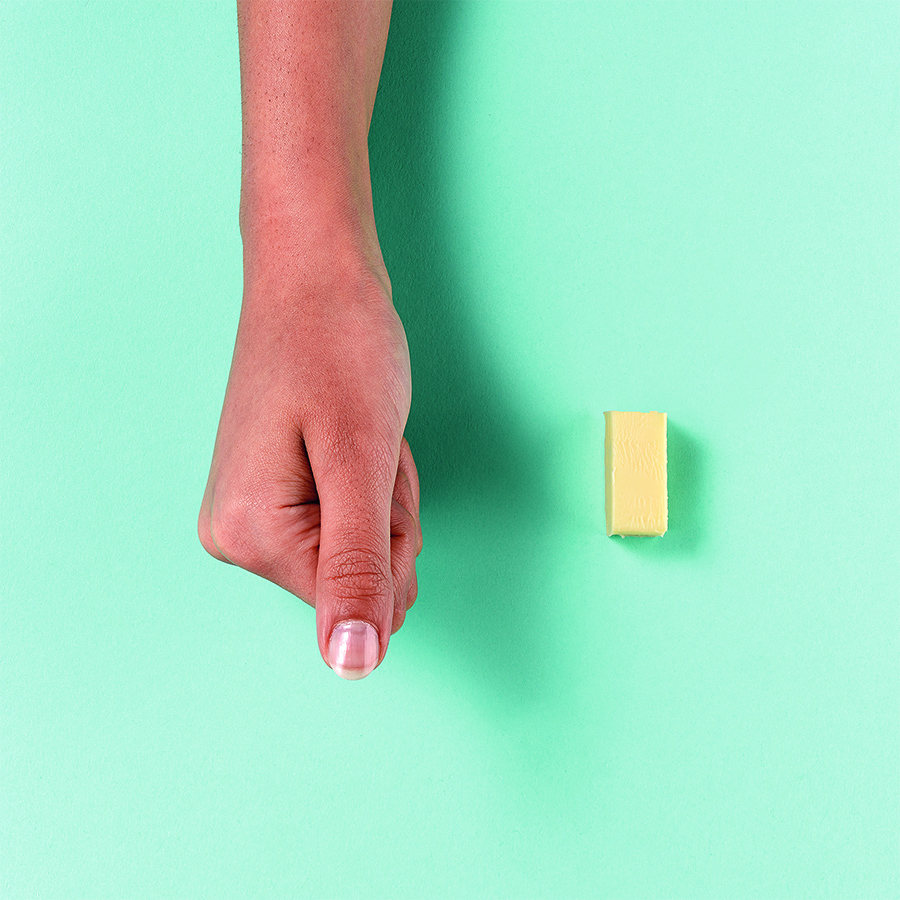
Thumb tip: Portions of butter and other spreads, like peanut butter, should be no bigger than a thumb tip. And don’t have more than two portions a day.
Nuts
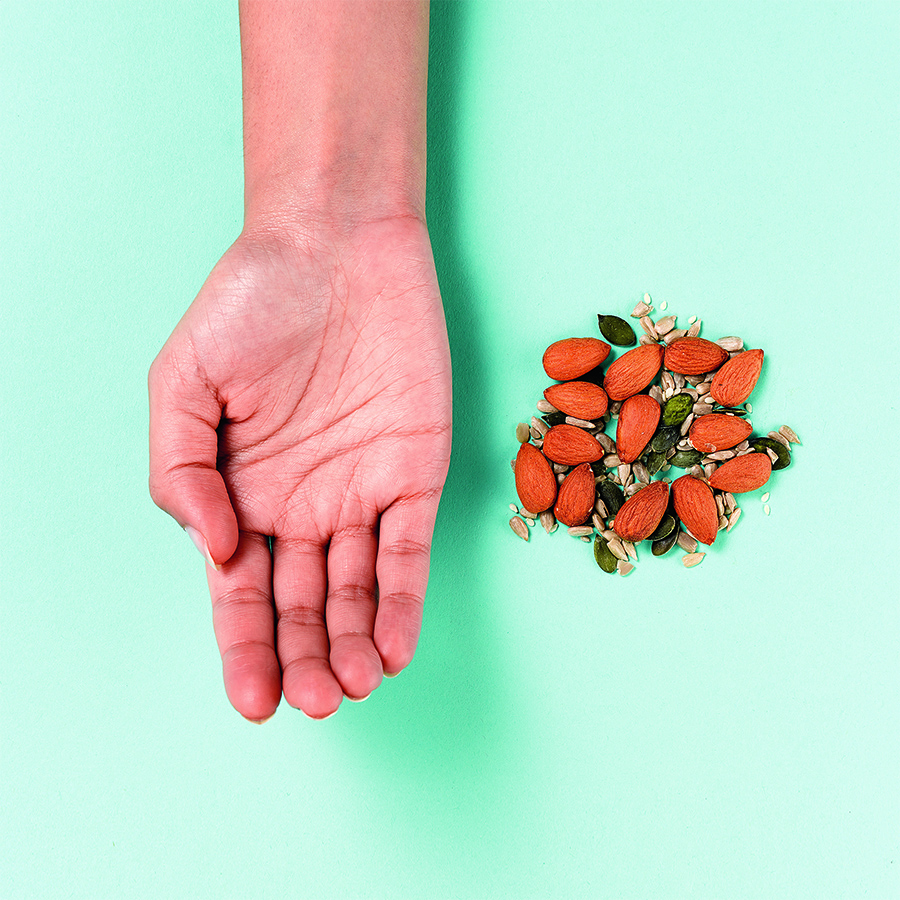
Palm: A great snack option, nuts and seeds are filling and contain important unsaturated fats, essential for a healthy heart, hair and skin. A serving should fit into your cupped palm.
Watch the wine
A standard- sized glass of wine (175ml) can equal more than 160 calories per glass. So, switch to a smaller measure instead. A 125ml glass contains just 98 calories for red or white wine.

Jessica Dady is Food Editor at GoodtoKnow and has over 12 years of experience as a digital editor, specialising in all things food, recipes, and SEO. From the must-buy seasonal food hampers and advent calendars for Christmas to the family-friendly air fryers that’ll make dinner time a breeze, Jessica loves trying and testing various food products to find the best of the best for the busy parents among us. Over the years of working with GoodtoKnow, Jessica has had the privilege of working alongside Future’s Test Kitchen to create exclusive videos - as well as writing, testing, and shooting her own recipes. When she’s not embracing the great outdoors with her family at the weekends, Jessica enjoys baking up a storm in the kitchen with her favourite bakes being chocolate chip cookies, cupcakes, and a tray of gooey chocolate brownies.